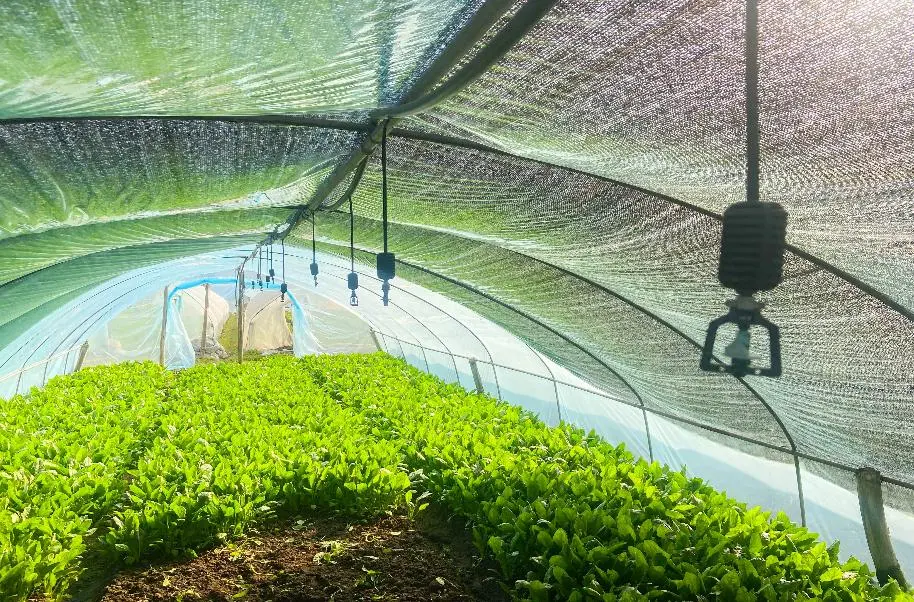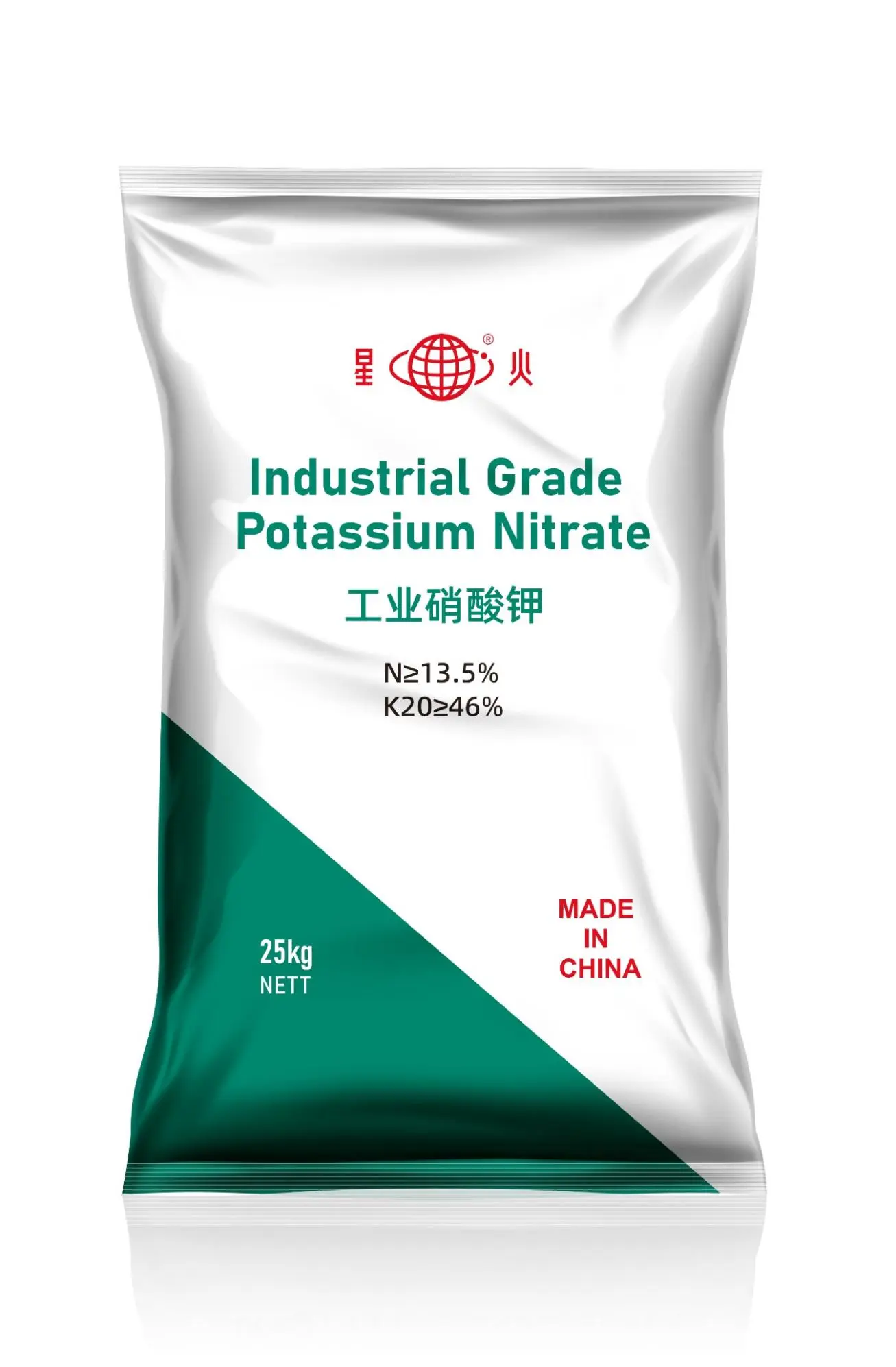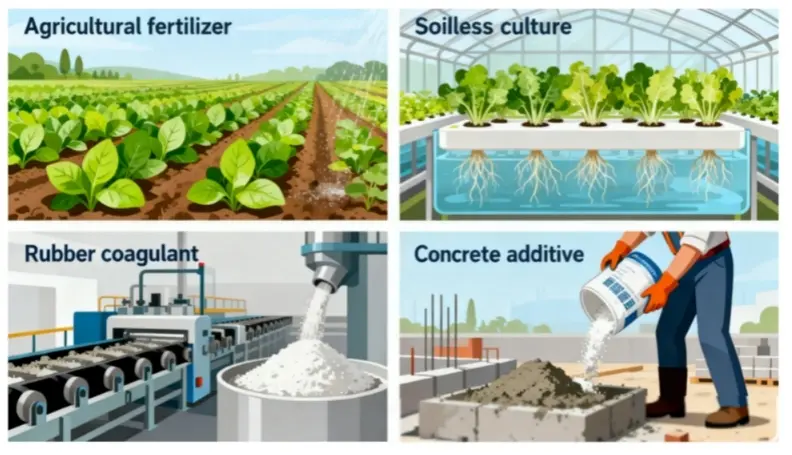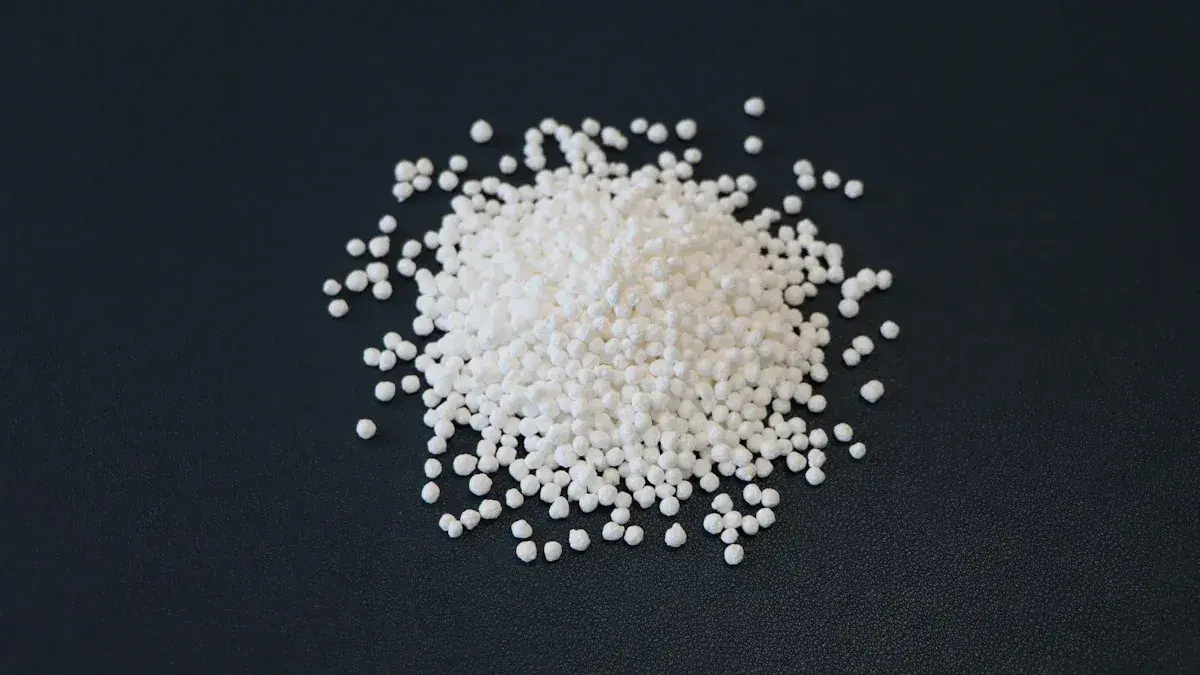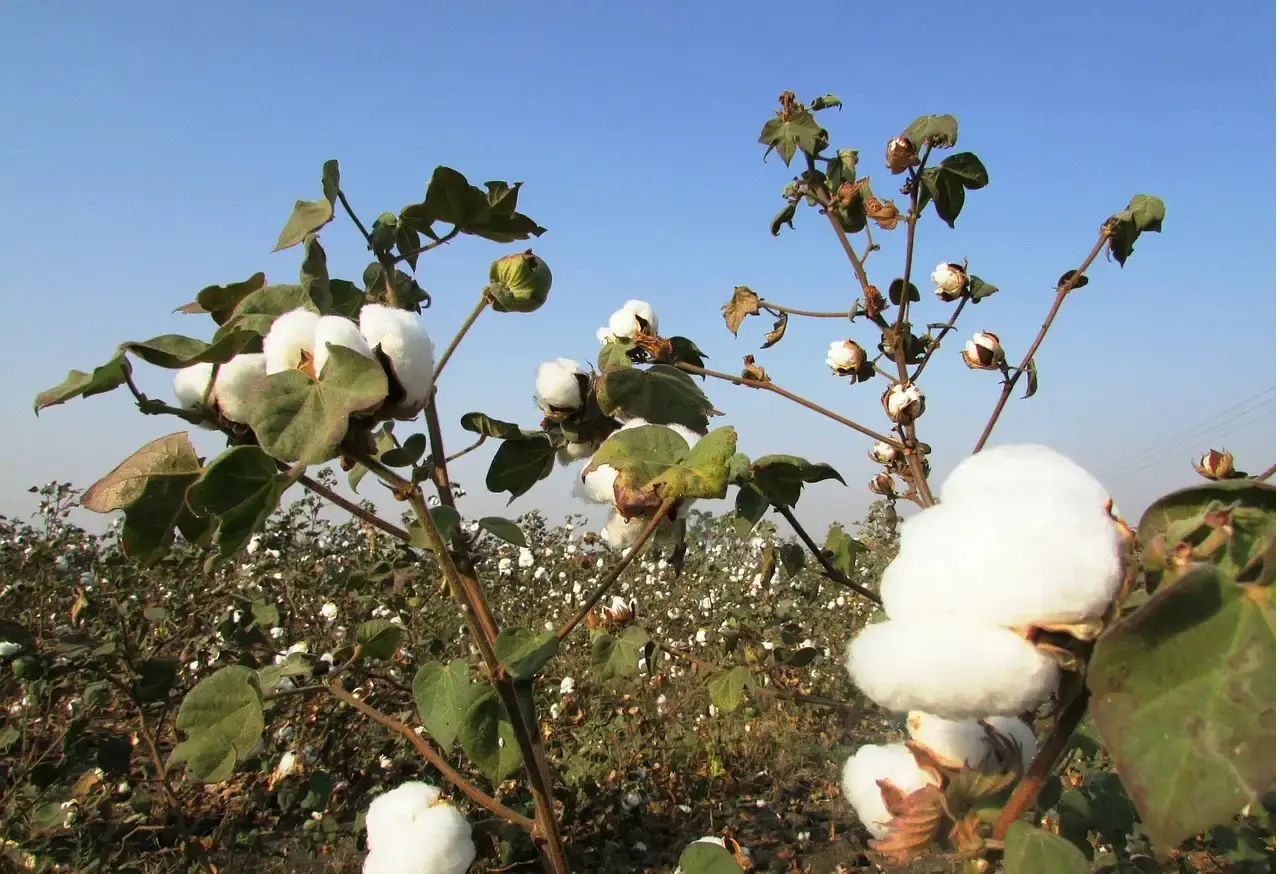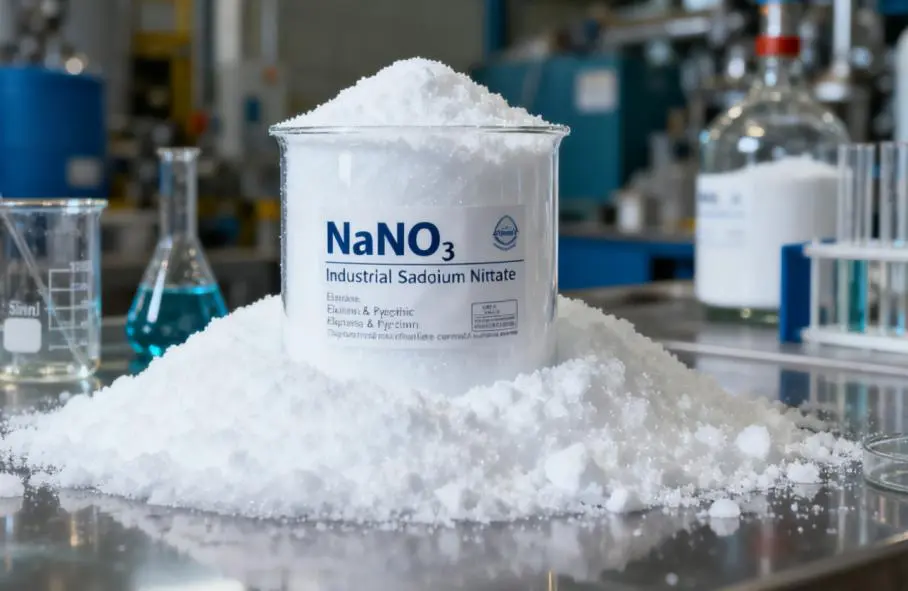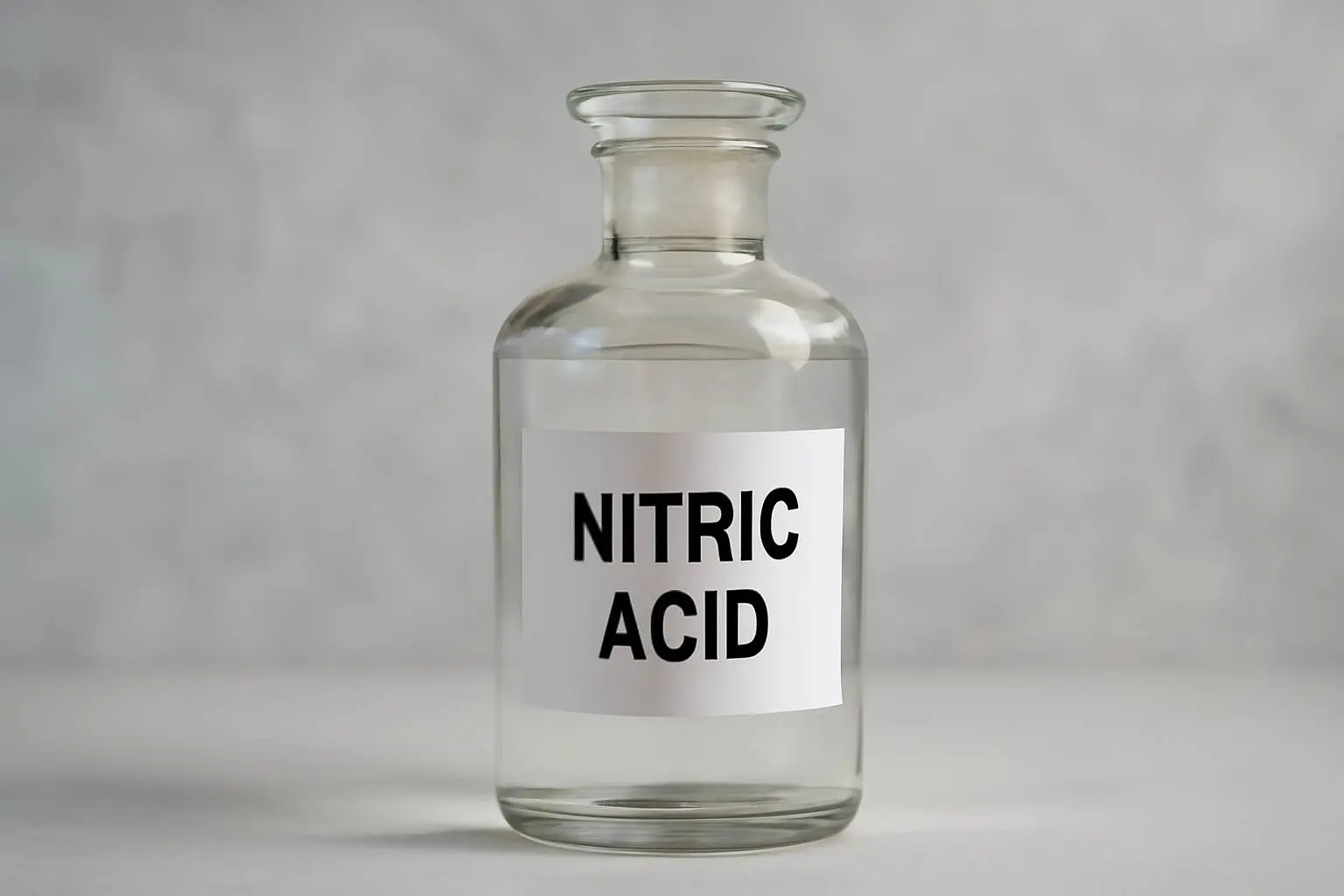Unlock Your Crop’s Potential: The Science & Benefits of Compound Fertilizers
What if one solution could simplify fertilization while maximizing yields?
For modern farmers and gardeners, Compound Fertilizers offer precisely that — a scientific blend of essential nutrients designed to supercharge plant growth efficiently. Let’s explore why these “all-in-one” powerhouses are revolutionizing agriculture.

What Exactly Are Compound Fertilizers?
Unlike single-nutrient fertilizers (like urea or superphosphate), compound fertilizers contain two or more primary nutrients (N, P, K) chemically bonded into uniform granules. Each pellet delivers a precise ratio of nitrogen, phosphorus, and potassium — the holy trinity of plant nutrition.
Key Types:
NPK Compounds (e.g., 15-15-15): Balanced nutrition for most crops.
NP or NK Compounds (e.g., 18-0-22): Tailored for specific growth stages.
Multinutrient Compounds: Include secondary nutrients (Ca, Mg, S) or micronutrients (Zn, Cu, Fe).
-
The NPK Trio: Why Plants Crave This Combo
Nitrogen (N)
Fuels leaf/stem growth and chlorophyll production.
Deficiency sign: Yellowing leaves.
Phosphorus (P)
Stimulates root development and flower/fruit formation.
Deficiency sign: Purple-tinged leaves.
Potassium (K)
Boosts drought/cold resistance and nutrient transport.
Deficiency sign: Brown leaf edges.
*Fun fact: A 20-10-10 fertilizer contains 20% N, 10% P₂O₅, and 10% K₂O by weight.*
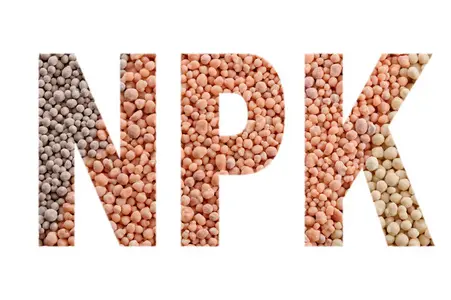
How Compound Fertilizers Are Made
Advanced manufacturing ensures nutrient homogeneity:
Chemical Reaction (e.g., ammoniation-granulation)
Raw materials like ammonia + phosphoric acid react to form MAP (MonoAmmonium Phosphate).
Steam Granulation
Nutrients are fused into hard, even-sized pellets.
Coating
Polymers or sulfur coatings create slow-release variants.
This process eliminates nutrient segregation — a common issue with physical blends.

5 Reasons Farmers Choose Compound Fertilizers
| Advantage | Impact |
| Precision Nutrition | Custom NPK ratios match crop needs (e.g., 10-20-20 for tomatoes). |
| Labor Efficiency | Single application replaces multiple passes. |
| Cost-Effectiveness | Reduced storage/transport vs. multiple single-nutrient products. |
| Uniform Distribution | Even nutrient release prevents "hot spots" or deficiencies. |
| Soil Health | Balanced pH and reduced salt stress vs. imbalanced fertilization. |
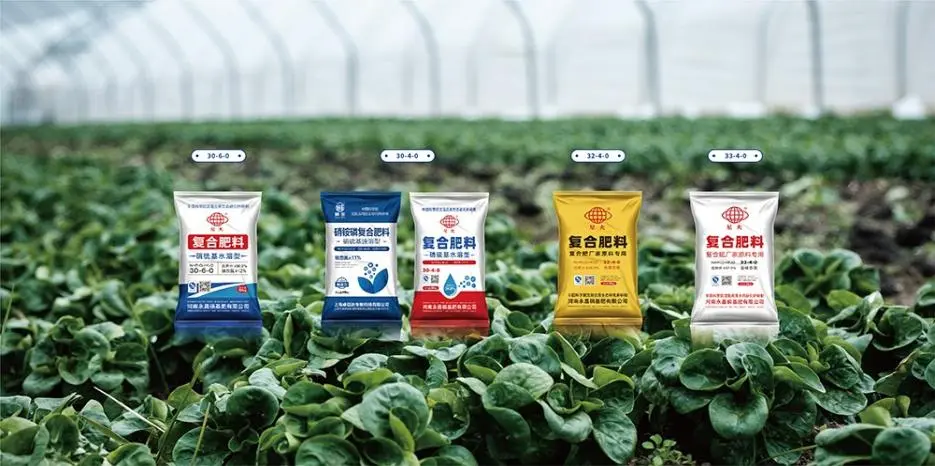
Maximizing Results: Best Practices
Soil Test First
Always analyze soil to avoid over-application (e.g., excess P causes algal blooms).
Match Formulations to Growth Stage
High-N (20-10-10) for leafy vegetables; High-PK (10-20-20) for fruiting crops.
Consider Coated Variants
Slow-release compounds reduce leaching in sandy soils.
Combine with Organics
Boost microbial activity by pairing with compost/biofertilizers.
The Future: Smart & Sustainable Compounds
Innovations are pushing boundaries:
Nano-Engineered Fertilizers: Micro-encapsulated nutrients for 30% higher uptake.
Bio-Based Compounds: Integrating seaweed extracts or humic acids.
Low-Carbon Production: Green ammonia (H₂ from renewables) slashes CO₂ emissions.
Why Trust [YongChang Fertilizer]?
At [Henan Yongchang Nitro. Fertilizer ], we blend agronomic science with sustainability:
✅ Custom NPK Formulations for regional soil profiles.
✅ ISO-Certified Granules with <2% dust emission.
✅ Eco-Packaging from 100% recycled materials.
“Switching to compound fertilizers cut our fertilizer costs by 18% and
increased wheat yields by 12%.”
— Mr Wan, Chief Manager, Henan Province
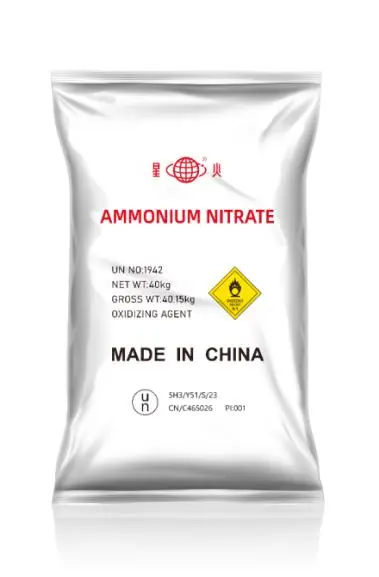
Innovation in Compounding fertilizer application
Ø Breakthroughs in Controlled-Release Systems
Traditional urea fertilizers lose 30-50% of nitrogen to leaching and volatilization, wasting resources and polluting waterways. A 2025 breakthrough from Thai researchers tackles this: A thermoplastic starch/epoxidized natural rubber (TPS/ENR) composite delivers urea in two stages. The starch phase dissolves rapidly for early growth, while the rubber matrix degrades slowly, providing sustained nitrogen release. Field trials showed this system slashes nitrogen leaching by 55–62% and boosts lettuce and corn root length by 40–60% compared to conventional urea.
Ø Bio-Enhanced Fertilizers: Bacteria as Efficiency Multipliers
Plant growth-promoting bacteria (PGPB) are proving pivotal in reducing synthetic fertilizer dependency. In Colombian trials with basil, PGPB consortia—combining Herbaspirillum, Azospirillum, and Rhizobium strains—enabled 50% less nitrogen and phosphorus use while increasing fresh biomass by >130%. These microbes enhance nutrient solubilization and root absorption, directly improving photosynthetic efficiency and stress resilience.
Ø Long-Term Gains with Organic Compounds
Manure, often undervalued, offers multiyear benefits as a natural compound fertilizer. Cornell University’s 2023–2024 trials demonstrated that well-managed manure application:
Increased corn grain yields by 32 bushels/acre in Year 1 and 7 bushels in Year 2 without additional fertilizer.
Reduced synthetic nitrogen needs by 23 lbs/acre over two years, saving farmers $159–206/acre in input costs.
Its blend of immediate and slow-release nutrients improves soil structure and microbial activity—key for sustainable soil health.
Ø Precision Strategies for Specific Crops
“One-size-fits-all” fertilization is becoming obsolete. Recent studies emphasize crop- and variety-specific approaches:
Oats: Western Australian trials revealed Koala oats lodged severely above 100 kg N/ha, while Minnie thrived with 10–20 kg/ha extra nitrogen.
Rice: Bangladeshi scientists optimized urea use via foliar sprays combined with soil application: 70% soil + 10% foliar urea outperformed 100% soil application, boosting yields while cutting nitrogen use by 20%.
Ø Salt-Land Solutions and Circular Economics
In China’s saline-affected Hebei Province, a new bio-organic compound fertilizer increased tomato yields by 15.7% and celery yields by 42.8% in salt-stressed soils (0.3% salinity). The formula integrates organic matter, minerals, and salt-tolerant microbes to rebuild soil structure and nutrient balance.
Meanwhile, the International Fertilizer Association (IFA) is driving the circular reuse of phosphogypsum (PG)—a byproduct of phosphate fertilizer production. Redefining PG as “inventory” rather than waste unlocks its potential for cement, road construction, and soil remediation, turning a global liability (245 million tonnes annually) into a resource.
Ø The Road Ahead: Nano-Engineered and Climate-Smart Inputs
Future innovations are scaling efficiency further:
Lanthanide-doped fertilizers: MIT studies confirm trace lanthanides replace magnesium in chlorophyll, boosting UV resistance and light-use efficiency.
Nano-coatings: Slow-release polymer films reduce nutrient leakage in sandy soils by 30%
- Ready to Optimize Your Nutrient Management?
Compound fertilizers aren’t just convenient — they’re a precision tool for the future of farming. Contact our agronomy teamtoday for a free crop-specific NPK recommendation!

